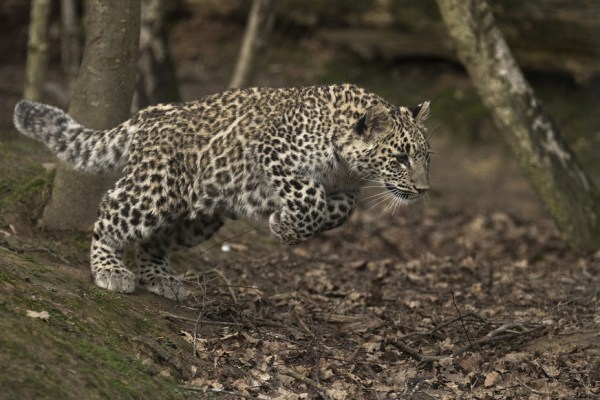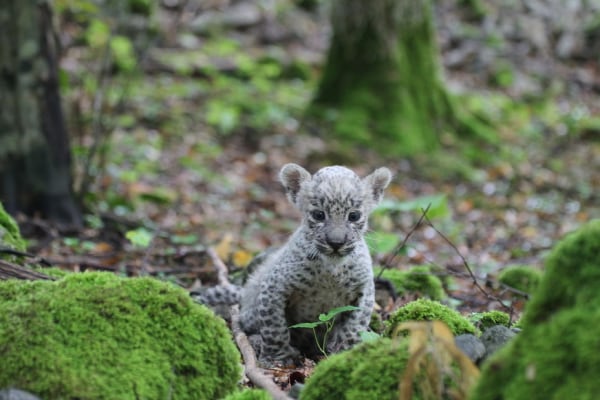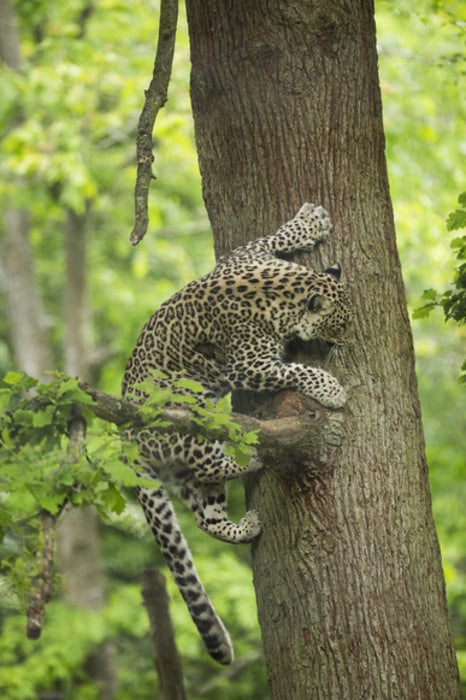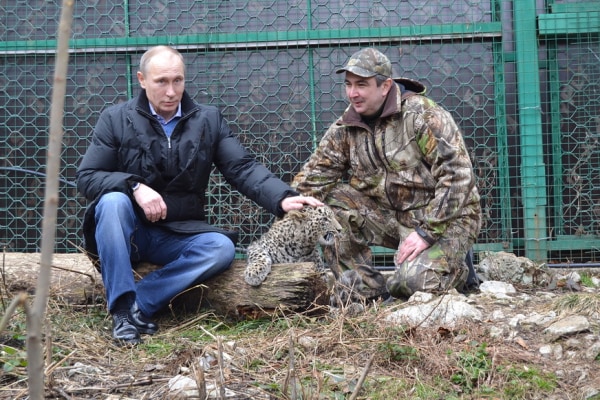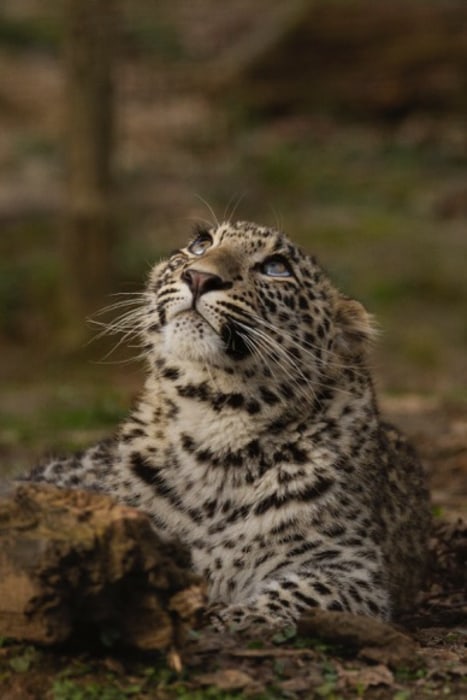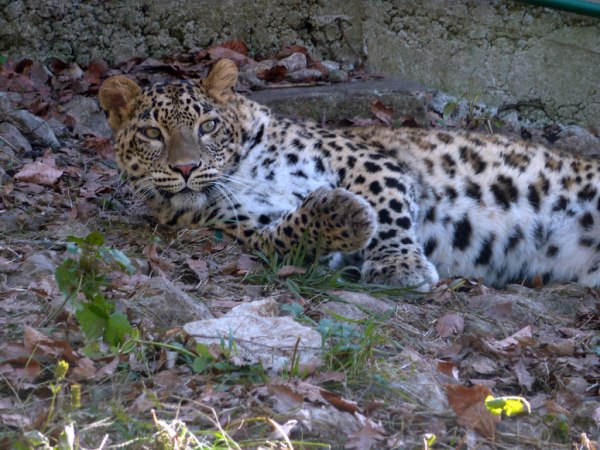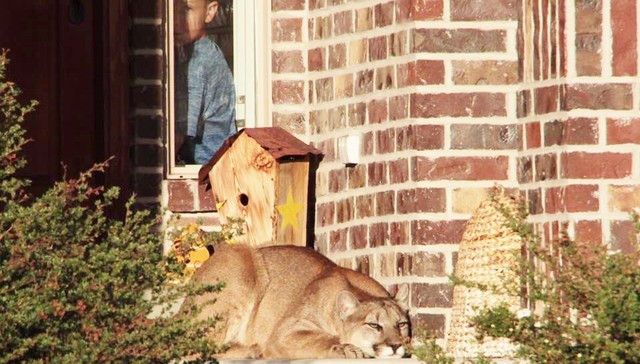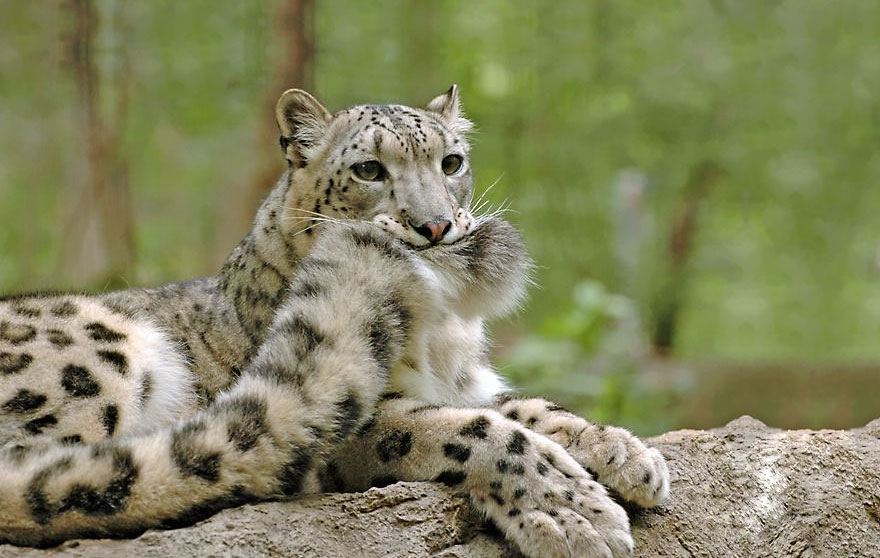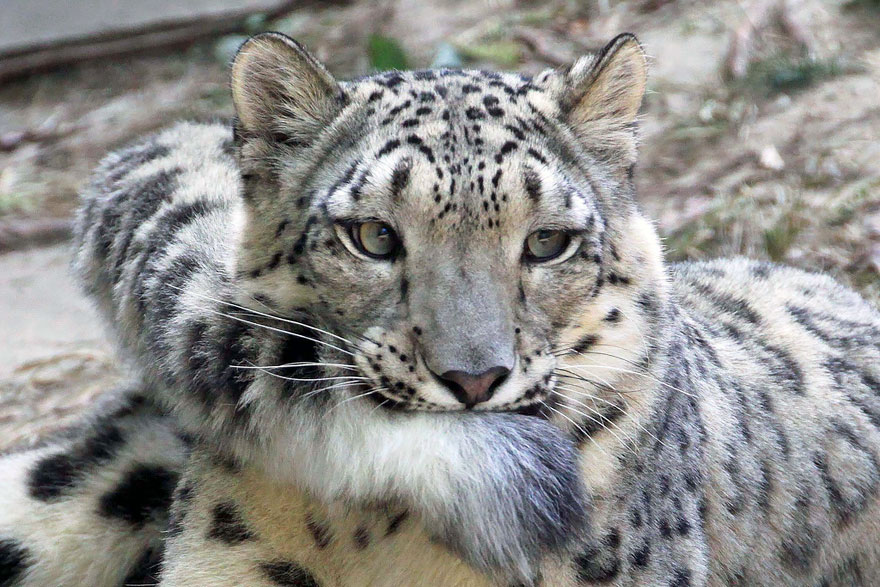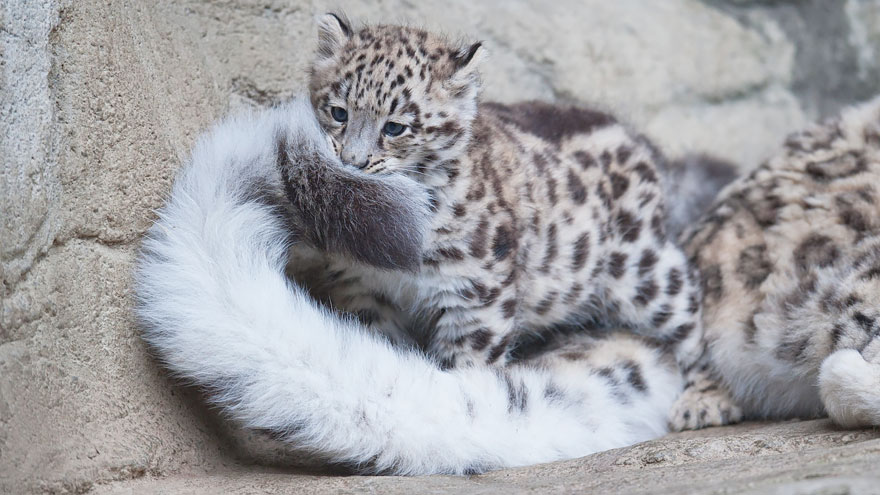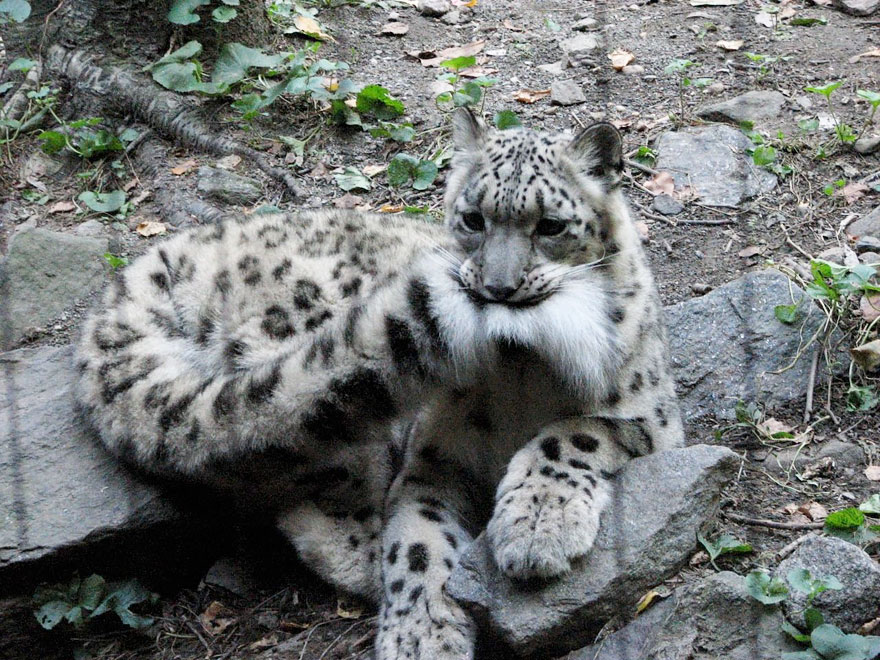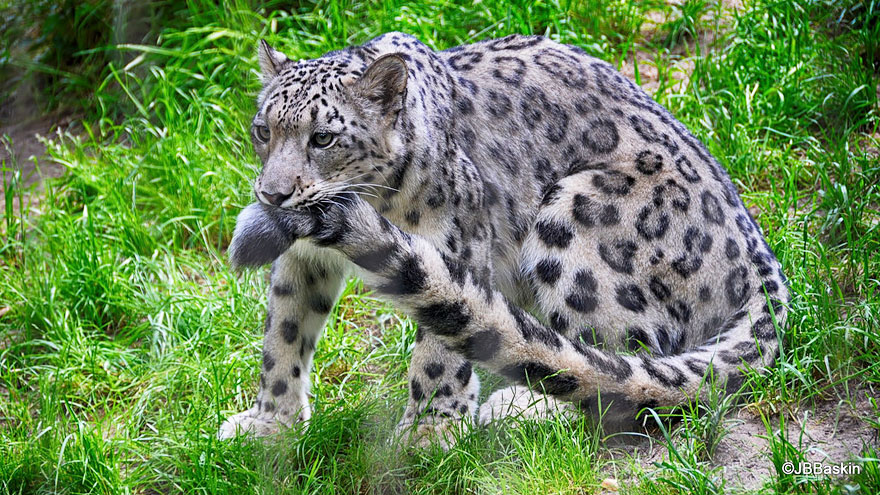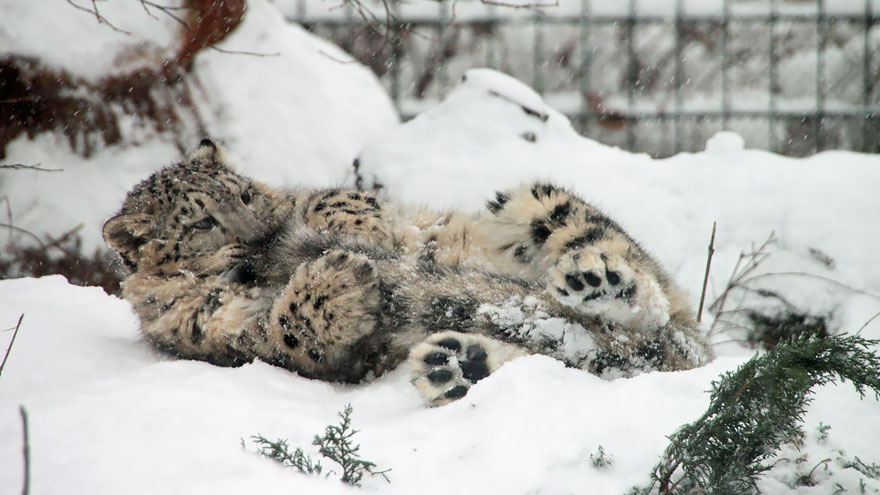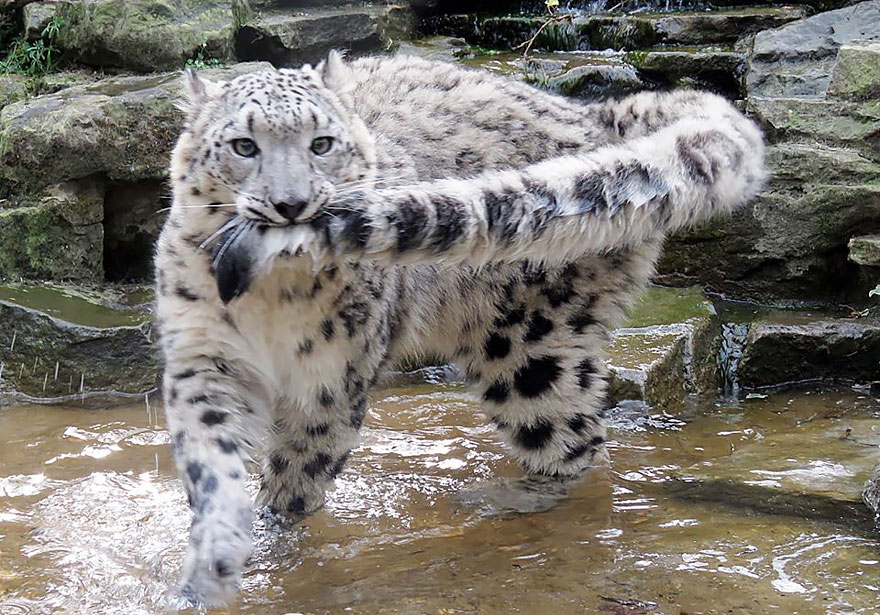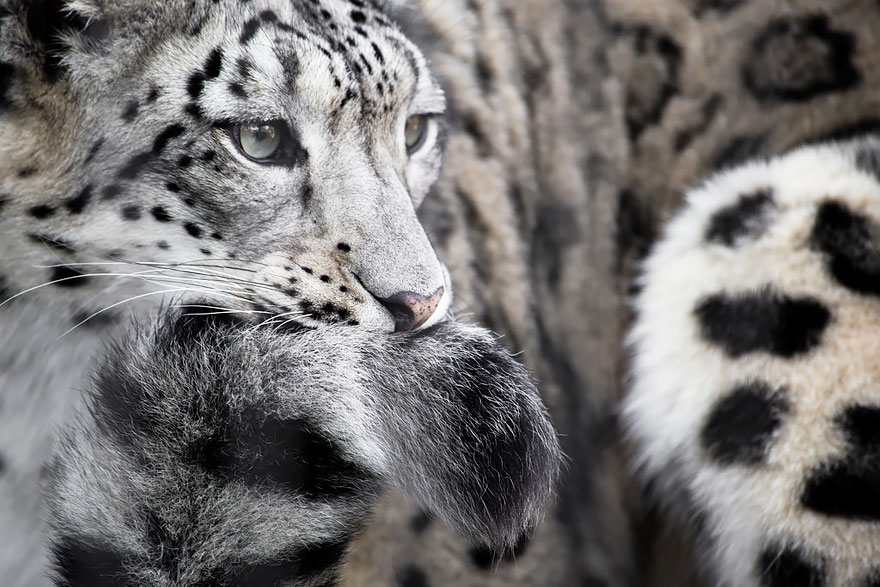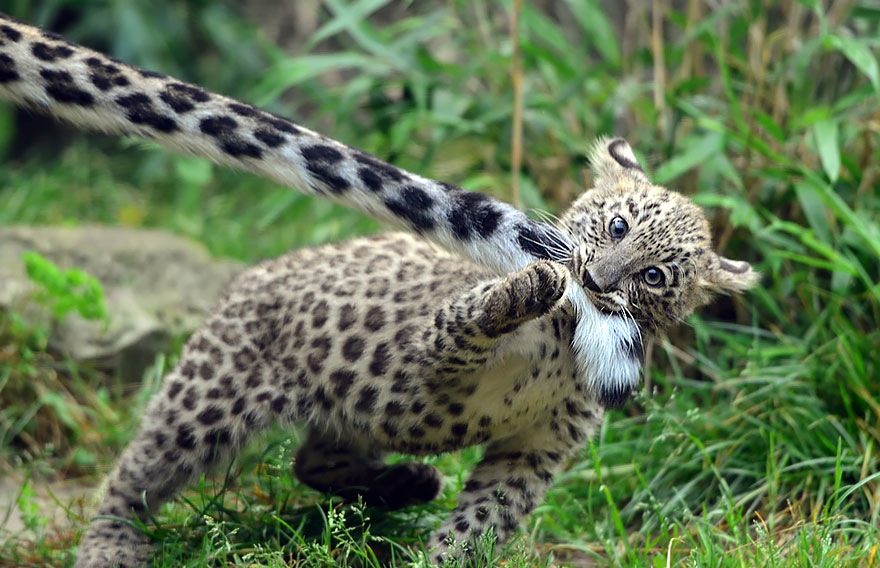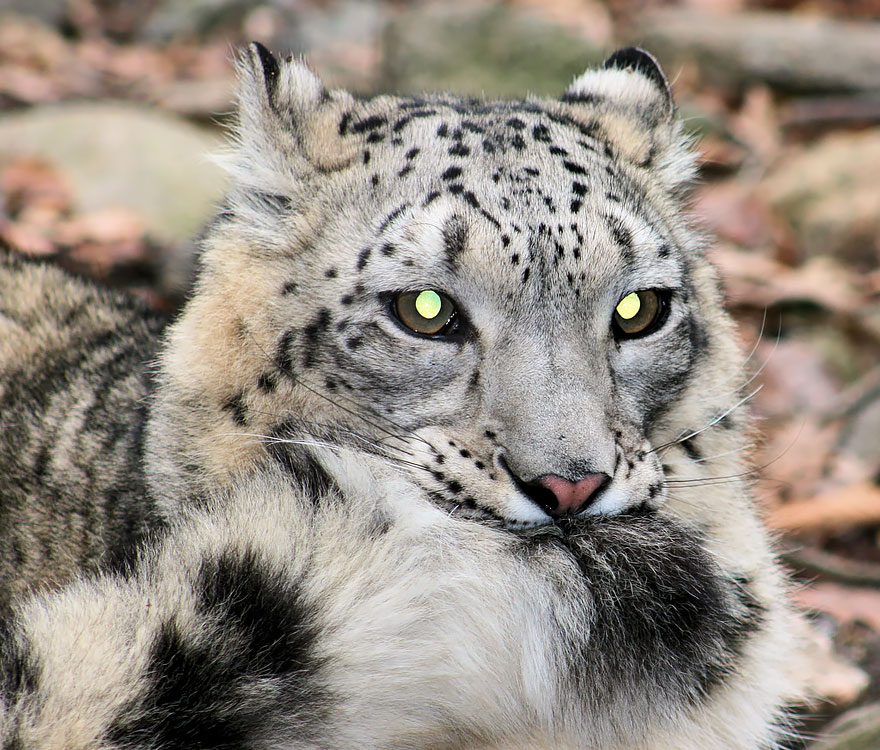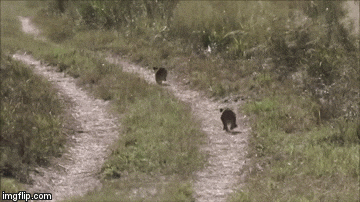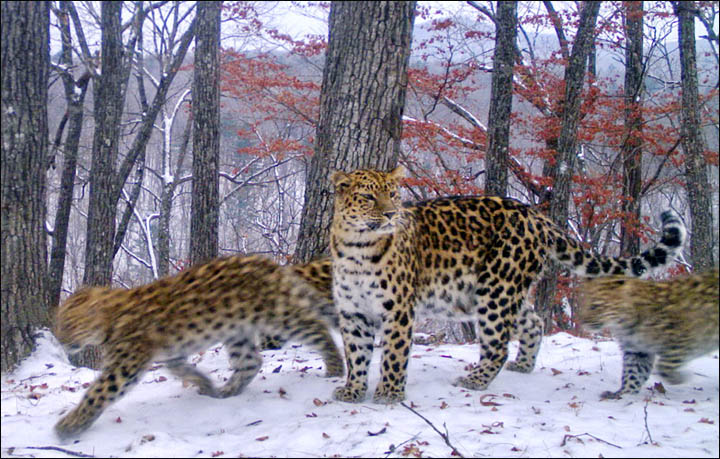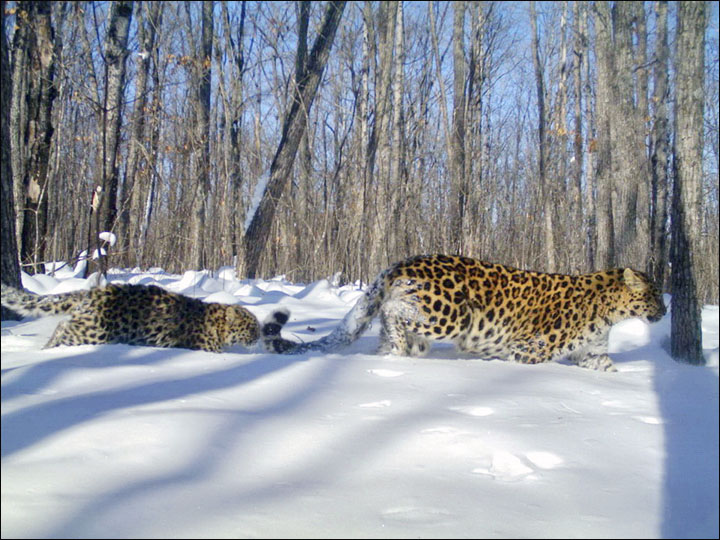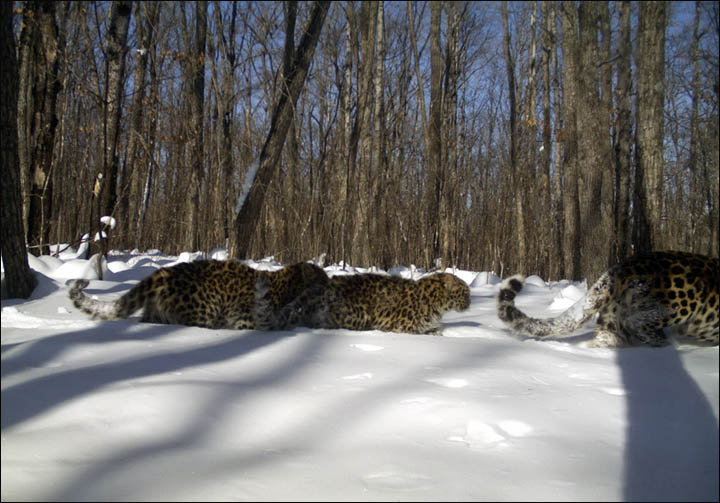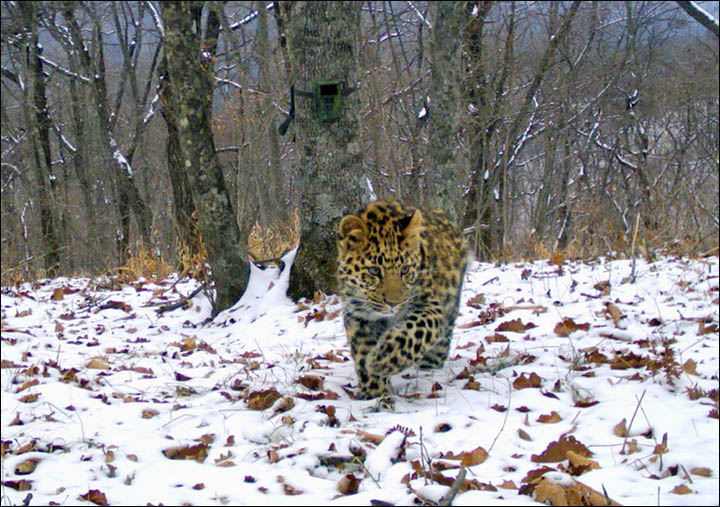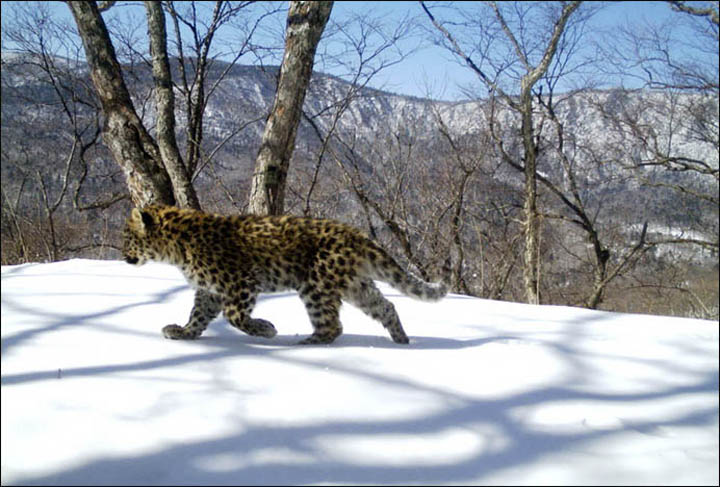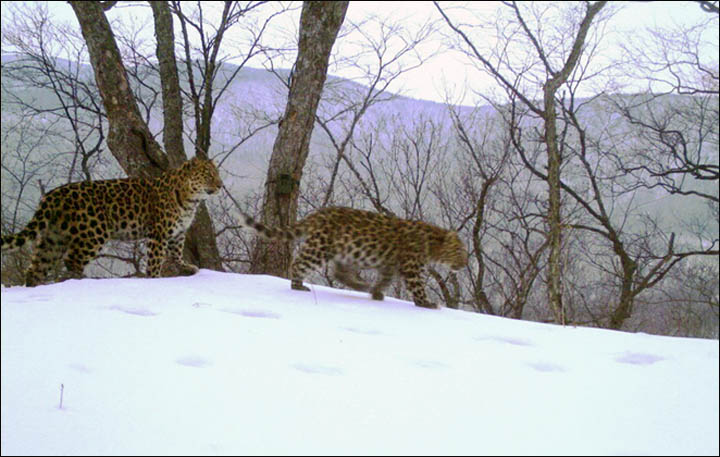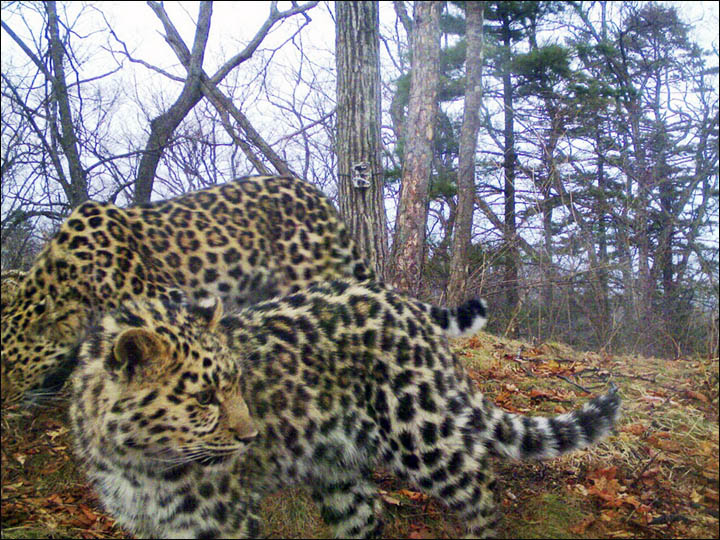- May 29, 2016
- Source:
- Forschungsverbund Berlin e.V. (FVB)
- Summary:
- Habitat conversion and fragmentation, logging, illegal hunting, fires: The rainforests and wildlife on Borneo, the third largest island in the world, are highly threatened. Now scientists have published a roadmap for more targeted conservation efforts for Bornean cats and small carnivores.

Flat-headed cat: camera-trapped in Tangkulap Forest Reserve, Sabah, Malaysian Borneo on 18 March 2009. Credit: Mohamed & Wilting/IZW, SFD, SWD
Habitat conversion and fragmentation,
logging, illegal hunting, fires: The rainforests and wildlife on Borneo,
the third largest island in the world, are highly threatened. Now, an
international research team under the leadership of the German Leibniz
Institute for Zoo and Wildlife Research (IZW) and the International
Union for Conservation of Nature and Natural Resources (IUCN) Species
Survival Commission, has published a roadmap for more targeted
conservation efforts for Bornean cats and small carnivores in a special
supplement of the Raffles Bulletin of Zoology.
Borneo harbours more endemic carnivores than any other island except
Madagascar and about half of these carnivores are globally threatened
with extinction. In response to these threats and the paucity of
knowledge about Bornean carnivores, three IUCN SSC specialist groups
(the Cat Specialist Group, the Otter Specialist Group and the Small
Carnivore Specialist Group), in collaboration with the Sabah Wildlife
Department and the Leibniz Institute for Zoo and Wildlife Research,
organised the Borneo Carnivore Symposium (BCS) in 2011.
"The goal of the BCS was to understand better the distribution and conservation needs of Bornean cats and small carnivores and subsequently, to enable targeted conservation efforts to those carnivores which are most threatened," said Dr. Andreas Wilting, scientist at the IZW and lead editor of this supplement. "We achieved this goal through a collaborative effort of the Borneo Carnivore Consortium, a network of more than 60 national and international scientists, conservationists and naturalists working on Borneo."
The results are 15 small carnivore and 5 wild cat papers which discuss the distribution, conservation and research priorities for each of the 20 Bornean small carnivores and cats. The intent to model the distribution of the four Bornean otters could not be realized because too few records could be traced. Dr. J. W. Duckworth, the IUCN SSC Red List Authority for small carnivores, adds, "The conservation status of the carnivores which occur nowhere but Borneo and those of upper highland, extreme lowland and wetland habitats is particularly worrying. The BCS and this supplement were able to provide important new information which was recently used to update the Red List accounts, thereby enabling governmental agencies and other conservationists to focus efforts and resources on these threatened species."
The flat-headed cat and the otter civet are two such lowland and wetland specialists. "They are well equipped to hunt fish with their webbed feet but to do so, they require natural wetlands -- habitats which are rapidly shrinking," explains Wilting. Last year, peatlands and lowlands in Indonesia were burning for months, an environmental and ecological disaster, increasing the threat of extinction for these species.
Equally threatened, but restricted to the highlands are Hose's civet and Bornean ferret badger. John Mathai, lead author of the overarching carnivore community paper in the supplement and a wildlife ecologist from Sarawak, Malaysian Borneo, studies Hose's civet in the highlands of Sarawak. He explains that these highland species are particularly vulnerable to the effects of climate, but also habitat, changes. "However, besides changes in climate and habitat and threats from illegal hunting, bushmeat trade and forest and peatland fires, the major conservation issue facing Bornean carnivores is the lack of awareness on the gravity of the problem," Mathai adds.
The Borneo Carnivore Consortium hopes this supplement will serve as a catalyst for future collaborative conservation initiatives between scientists and practitioners. William Baya, Director of the Sabah Wildlife Department adds, "We need more joint conservation efforts with the oil palm and forestry sector and better collaboration of scientists and conservationists with local authorities to protect the diversity of carnivores in the remaining rainforests of Borneo." Here, the published roadmap will provide guidance about needed activities in key carnivore landscapes.
"The goal of the BCS was to understand better the distribution and conservation needs of Bornean cats and small carnivores and subsequently, to enable targeted conservation efforts to those carnivores which are most threatened," said Dr. Andreas Wilting, scientist at the IZW and lead editor of this supplement. "We achieved this goal through a collaborative effort of the Borneo Carnivore Consortium, a network of more than 60 national and international scientists, conservationists and naturalists working on Borneo."
The results are 15 small carnivore and 5 wild cat papers which discuss the distribution, conservation and research priorities for each of the 20 Bornean small carnivores and cats. The intent to model the distribution of the four Bornean otters could not be realized because too few records could be traced. Dr. J. W. Duckworth, the IUCN SSC Red List Authority for small carnivores, adds, "The conservation status of the carnivores which occur nowhere but Borneo and those of upper highland, extreme lowland and wetland habitats is particularly worrying. The BCS and this supplement were able to provide important new information which was recently used to update the Red List accounts, thereby enabling governmental agencies and other conservationists to focus efforts and resources on these threatened species."
The flat-headed cat and the otter civet are two such lowland and wetland specialists. "They are well equipped to hunt fish with their webbed feet but to do so, they require natural wetlands -- habitats which are rapidly shrinking," explains Wilting. Last year, peatlands and lowlands in Indonesia were burning for months, an environmental and ecological disaster, increasing the threat of extinction for these species.
Equally threatened, but restricted to the highlands are Hose's civet and Bornean ferret badger. John Mathai, lead author of the overarching carnivore community paper in the supplement and a wildlife ecologist from Sarawak, Malaysian Borneo, studies Hose's civet in the highlands of Sarawak. He explains that these highland species are particularly vulnerable to the effects of climate, but also habitat, changes. "However, besides changes in climate and habitat and threats from illegal hunting, bushmeat trade and forest and peatland fires, the major conservation issue facing Bornean carnivores is the lack of awareness on the gravity of the problem," Mathai adds.
The Borneo Carnivore Consortium hopes this supplement will serve as a catalyst for future collaborative conservation initiatives between scientists and practitioners. William Baya, Director of the Sabah Wildlife Department adds, "We need more joint conservation efforts with the oil palm and forestry sector and better collaboration of scientists and conservationists with local authorities to protect the diversity of carnivores in the remaining rainforests of Borneo." Here, the published roadmap will provide guidance about needed activities in key carnivore landscapes.
Story Source:
The above post is reprinted from materials provided by Forschungsverbund Berlin e.V. (FVB). Note: Materials may be edited for content and length.
The above post is reprinted from materials provided by Forschungsverbund Berlin e.V. (FVB). Note: Materials may be edited for content and length.
Forschungsverbund
Berlin e.V. (FVB). "Roadmap for better protection of Borneo’s cats and
small carnivores." ScienceDaily. ScienceDaily, 29 May 2016.
<www.sciencedaily.com/releases/2016/05/160529174439.htm>.


